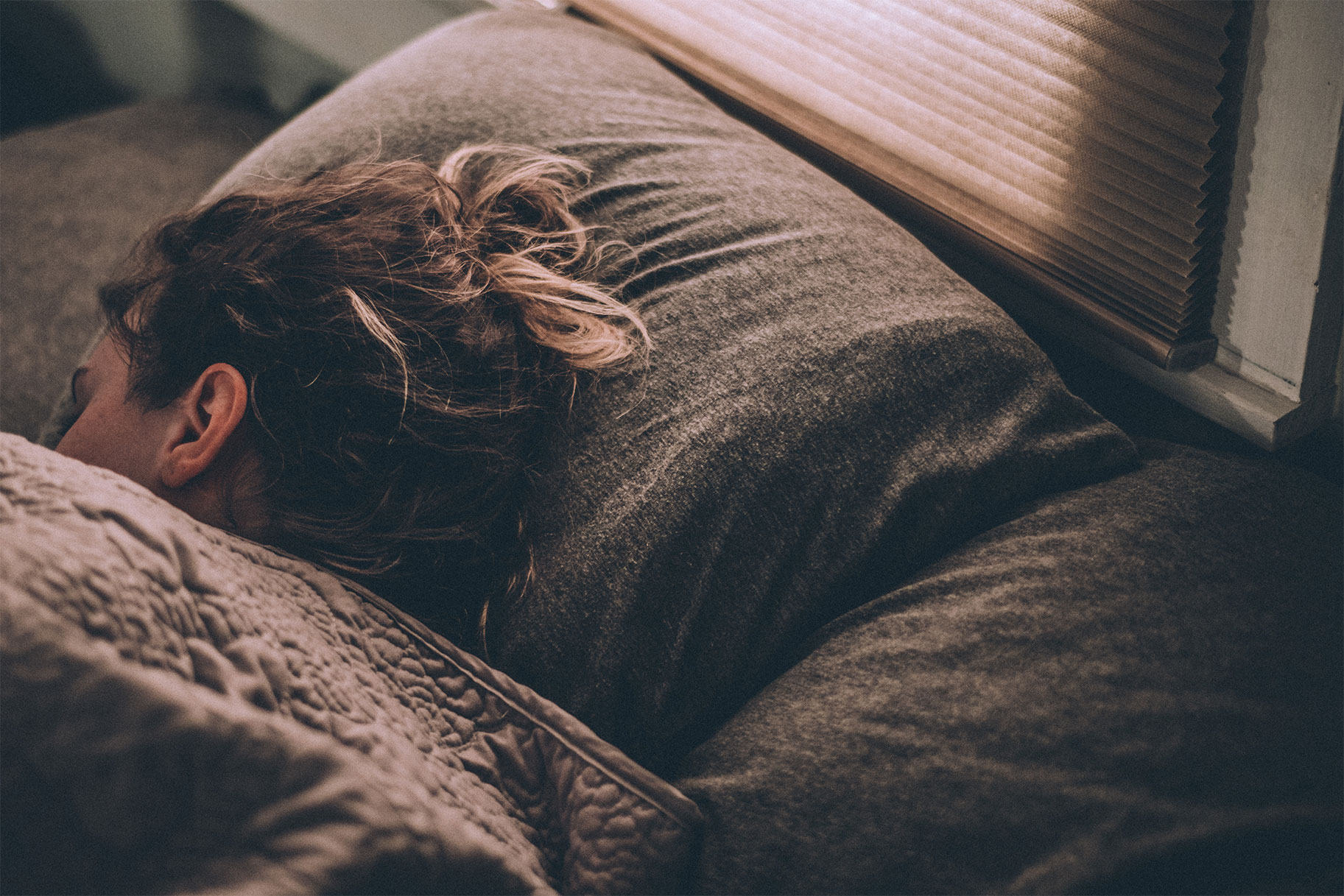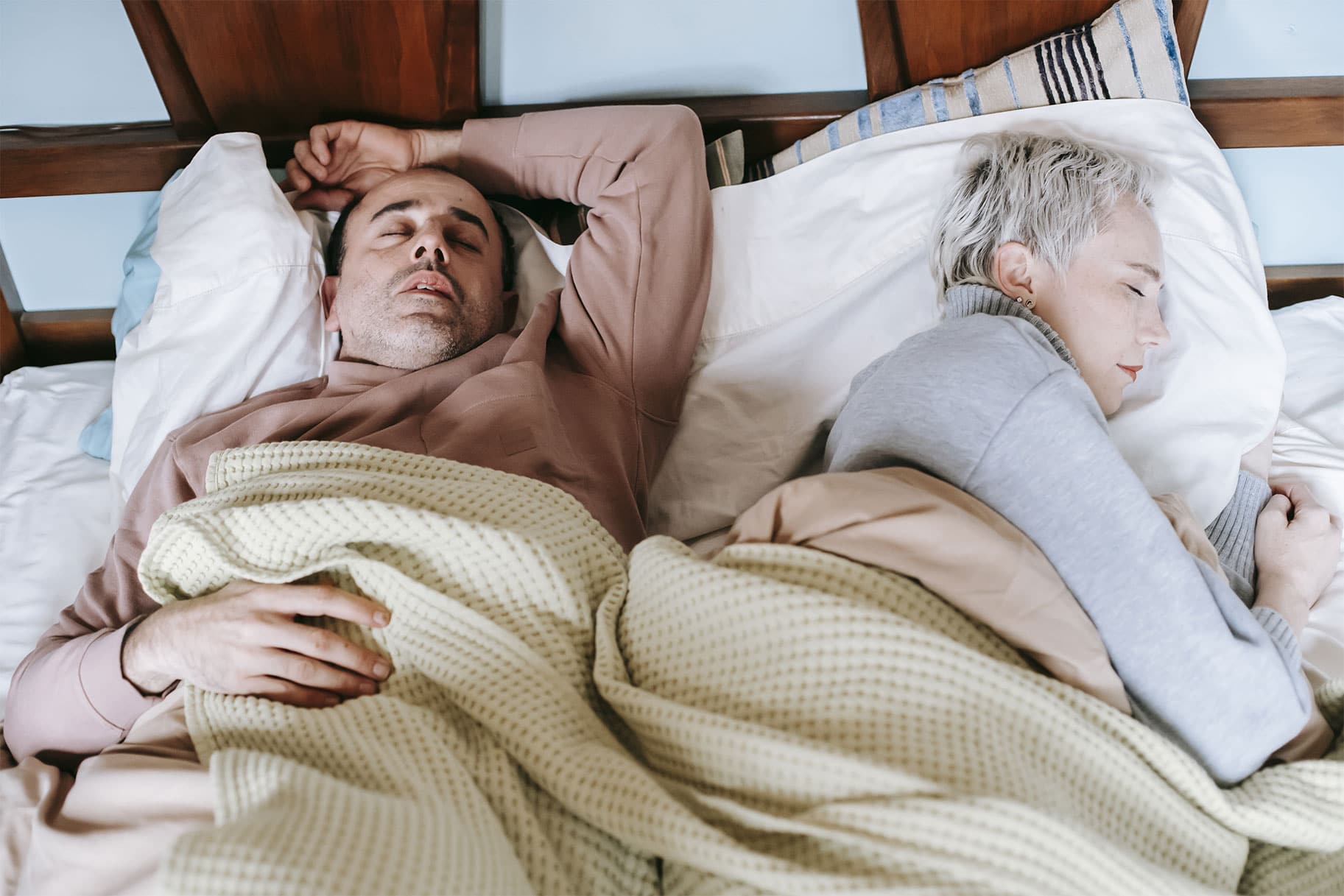
There are approximately 936 million adults suffering from mild to severe sleep apnea worldwide, with the U.S. being one of the countries with the most cases. It’s worrying since a number of sleep apnea cases remain undiagnosed and, consequently, untreated. It’s a common misconception that sleep apnea is just horrible snoring, as it’s an actual disorder that can lead to serious health concerns.
 Understanding Sleep Apnea
Understanding Sleep Apnea
A person afflicted with sleep apnea may stop breathing for a time during sleep. There are two main types of sleep apnea: obstructive sleep apnea (OSA) and central sleep apnea. OSA, the most common type, is caused by poor muscle tone in the throat, which makes the airway floppy and obstructs airflow. On the other hand, central sleep apnea doesn’t involve any blockages of the airways. It happens when the brain fails to send signals to the respiratory muscles that regulate breathing. Central sleep apnea often occurs in patients with other medical conditions that may be related to the nervous system.
Both types of sleep apnea share common symptoms, the most typical one being loud snoring. But sleep apnea is also characterized by daytime fatigue and sleepiness, difficulty focusing, mood swings, abrupt awakenings with gasping or choking, waking up with a dry mouth or sore throat, morning headaches, and night sweats. While sleep apnea is more common in adults, it can affect children, too.
The Effects of Sleep Apnea
Most people gloss over the fact that sleep apnea could have negative effects on their overall health. For one, OSA can lead to cardiovascular problems. The sudden decrease in blood oxygen levels that occur during OSA could trigger an increase in blood pressure and strain the heart, leading to hypertension and higher risks of heart disease. Severe OSA increases the likelihood of coronary artery disease, heart attacks, heart failure, strokes, and even death. Furthermore, sleep apnea is strongly linked to the incidence of type 2 diabetes, creating insulin resistance in the bloodstream.
Apart from chronic diseases, sleep apnea has the ability to decrease a patient’s quality of life. Those with the disorder get poor-quality sleep that causes exhaustion and fogginess. For children, this may cause them to do poorly in school and have mental disturbances. And for adults, it becomes increasingly difficult, if not dangerous, to perform daily tasks such as driving or cooking due to extreme drowsiness and mood issues.
Treatment Options
There are about 38,000 deaths annually attributed to complications and comorbidities related to sleep apnea. Because it could lead to more serious conditions and it essentially stops a person from breathing for periods of time while asleep, sleep apnea needs to be treated in a timely manner.
To get diagnosed with sleep apnea, a doctor would need to perform evaluations and sleep studies. This may prove challenging given the COVID-19 protocols and limited mobility due to the pandemic— not to mention that physicians and nurses have become very in-demand, further exacerbating the shortage of healthcare professionals. Fortunately, strategies like telemedicine and online learning have helped address the shortage.
Telemedicine allows physicians to see more patients through virtual visits, opening up accessibility for care and consultation. On the other hand, online learning is also helping produce more graduates to meet the country’s healthcare needs. Nurses today can train to specialize in tracks like pulmonary care and respiratory therapy without ever leaving work, thanks to online RN to BSN programs that provide courses to help them upskill and improve their knowledge. These BSN graduates are therefore more adept at handling patients within their chosen fields. In the case of sleep apnea, it takes a specialized care team to implement treatment. And as these programs are taught by accredited instructors and institutions, the nurses will come out prepared to do their job more effectively.
Sleep apnea often requires a broad range of treatments from drugs, respiratory therapy, and devices like our DreamPortTM Sleep Solution CPAP mask. Our design ensures a snug yet comfortable fit with zero leaks to give you a good sleep experience. It’s also easy to use, making it a great device for home use.
At the end of the day, a disorder like sleep apnea should be taken seriously, and should never be left untreated.
Written by Aliyah Kaye Carter
Exclusive for bleepsleep.com
 Understanding Sleep Apnea
Understanding Sleep Apnea